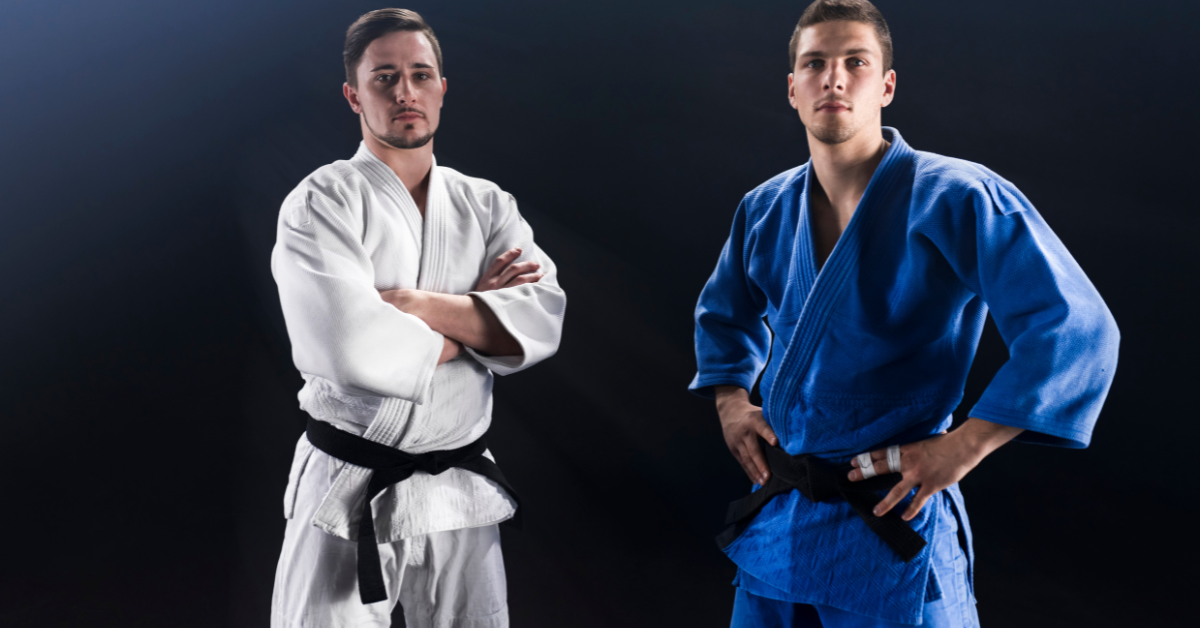Judo is a martial art originating in Japan, created by Jigoro Kano in the late 19th century by modernizing traditional jujutsu. It combines not only competitive sport elements but also etiquette and the philosophy of personal development, making it beloved worldwide.
Overview and Historical Background of Judo
Judo is a martial art originating in Japan, created in the late 19th century by Jigoro Kano, who modernized traditional jujutsu into a structured combat sport. It is not merely a set of fighting techniques but a discipline that values etiquette, mental training, and personal development. Kano, also an educator, aimed to cultivate young people’s character through judo.
The sport centers on throwing techniques, hold-downs, and joint locks, embodying the principle of “softness controls hardness” by using an opponent’s strength against them. In the 20th century, the ranking system and competition rules were established, transforming judo into an internationally recognized sport. Men’s judo became an official Olympic sport at the 1964 Tokyo Games, and women’s judo joined as an official event at the 2000 Sydney Games. Today, there are judo federations in over 200 countries and regions, with millions of practitioners worldwide. For foreigners, judo is a symbol of Japanese culture and a popular activity for tourism and study abroad.
Judo Historical Timeline
| Year | Event |
|---|---|
| 1882 | Jigoro Kano establishes the Kodokan |
| 1911 | Judo introduced into school education |
| 1964 | Men’s judo becomes an official Olympic event at the Tokyo Games |
| 1992 | Women’s judo featured as a demonstration event at the Barcelona Games |
| 2000 | Women’s judo becomes an official Olympic event at the Sydney Games |
Core Philosophy and Spirit of Judo
The foundation of judo lies in its two guiding principles: “Seiryoku Zenyo” (Maximum Efficient Use of Energy) and “Jita Kyoei” (Mutual Welfare and Benefit).
Seiryoku Zenyo means using your abilities efficiently to achieve the greatest possible result—not just physical power, but also wisdom and creativity. Jita Kyoei emphasizes the harmony of benefits between oneself, others, and society, focusing on growth beyond winning and losing.
In the dojo, etiquette is paramount—bowing before and after matches, ensuring training safety, and showing constant respect to opponents. This mindset is one reason judo is valued not just as a sport but also as an educational system. International competitions uphold these values, uniting athletes worldwide under shared ideals.
Judo Principles and Their Meaning
| Principle | Meaning | Application in Daily Life |
|---|---|---|
| Seiryoku Zenyo | Use energy efficiently | Achieve maximum results with minimal effort |
| Jita Kyoei | Mutual benefit | Build cooperative relationships at work or school |
Judo Techniques and Rules
Judo techniques are divided into Tachi-waza (standing techniques) and Ne-waza (ground techniques).
Tachi-waza consists of throws such as seoi-nage (shoulder throw), osoto-gari (major outer reap), and uchi-mata (inner thigh throw). Ne-waza includes hold-downs, chokeholds, and joint locks to control opponents.
Matches take place on tatami mats, and the highest score is an ippon. An ippon is awarded for a perfect throw or holding the opponent for 20 seconds. Safety is a top priority under international rules, and dangerous techniques are prohibited.
Foreign practitioners often learn the basics in their home country and refine their skills in Japanese dojos. The study of kata (formal patterns) is also essential, deepening both technical and spiritual understanding.
Major Judo Techniques
| Category | Technique | Key Feature |
|---|---|---|
| Throw | Seoi-nage | Basic forward throw |
| Throw | Osoto-gari | Strong sweeping leg throw |
| Ground | Kesa-gatame | Hold-down from the side, controlling head and arm |
| Ground | Juji-gatame | Armbar joint lock |
Judo and the Olympics
Men’s judo debuted as an official Olympic event at the 1964 Tokyo Games, with more countries joining the medal race over time. Women’s judo became official at the 2000 Sydney Games, leading to a major increase in participants.
The weight-class system ensures fair competition, allowing athletes of all sizes to compete. Countries such as France, South Korea, Brazil, and Georgia have emerged as strong contenders alongside Japan.
Olympic Judo Weight Categories (Men & Women)
| Gender | Division | Weight Limit |
|---|---|---|
| Men | 60 kg class | Up to 60 kg |
| Men | +100 kg class | Over 100 kg |
| Women | 48 kg class | Up to 48 kg |
| Women | +78 kg class | Over 78 kg |
Why Foreigners Learn Judo
Judo offers not only physical and technical improvement but also a gateway to experiencing Japanese culture. Practitioners gain knowledge of etiquette, Japanese language, and international friendship.
It is suitable for all ages and genders, making it accessible to beginners and advanced practitioners alike. Achieving dan (black belt) rank is recognized worldwide and can be used as a valuable credential in careers or education.
Conclusion
Judo, founded by Jigoro Kano as a modernized form of jujutsu, is both a competitive sport and a rich cultural experience enjoyed globally. Its essence lies not just in technique, but in etiquette, spirit, and cooperation.
Foreign learners of judo can gain growth that transcends sport, forming lasting bonds across cultures.






